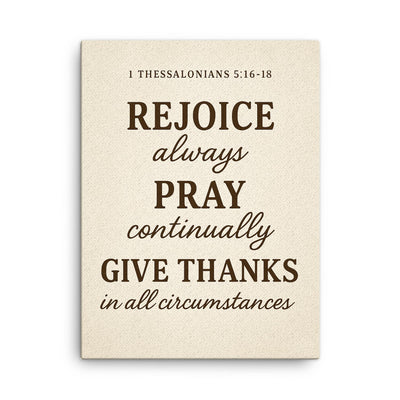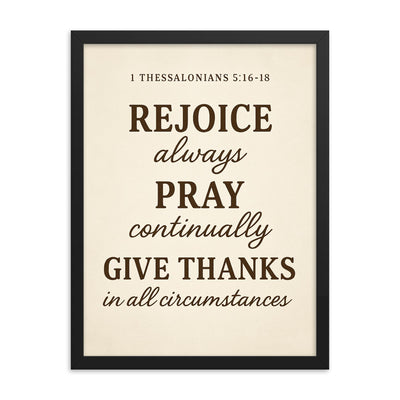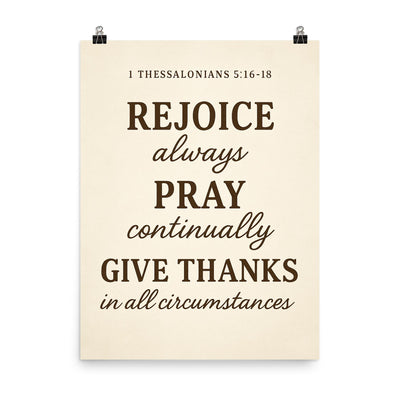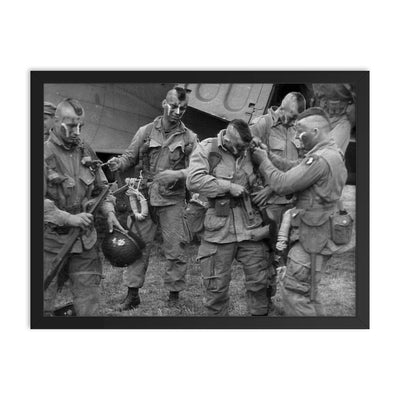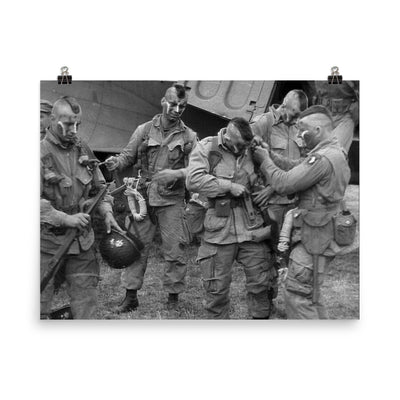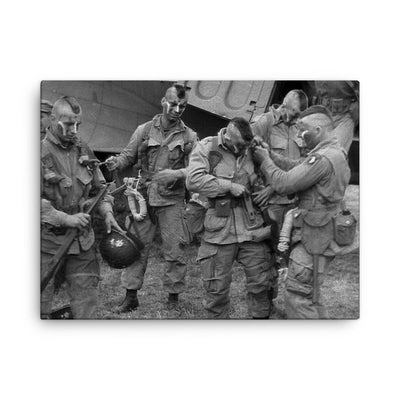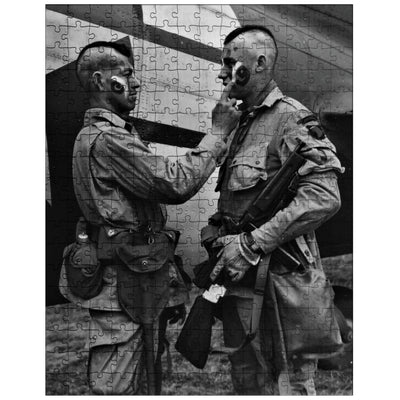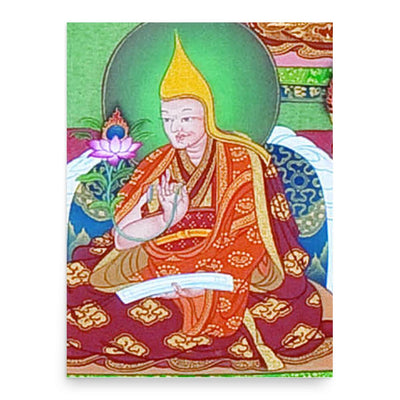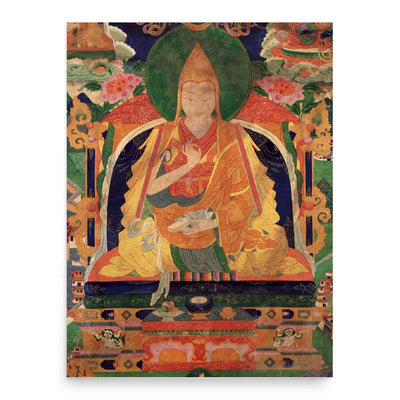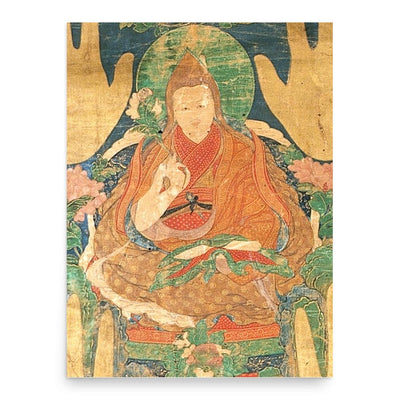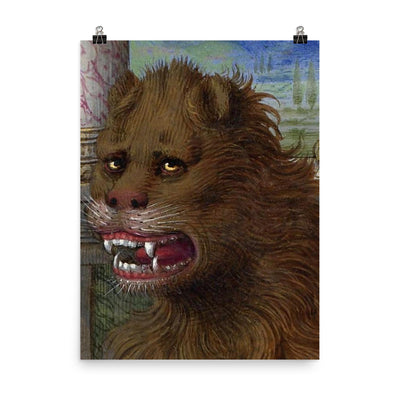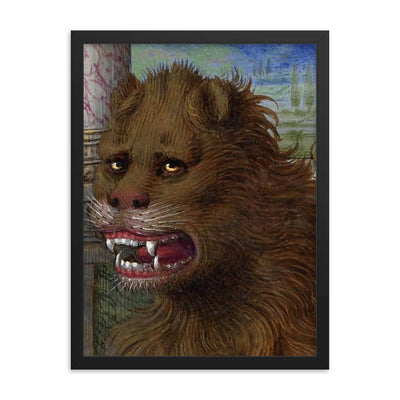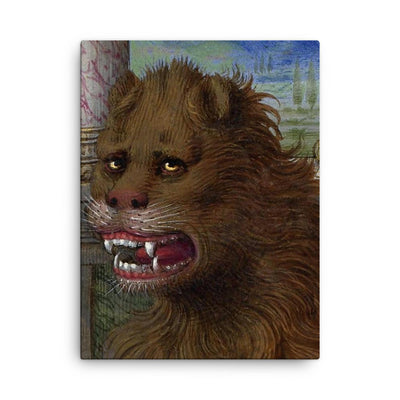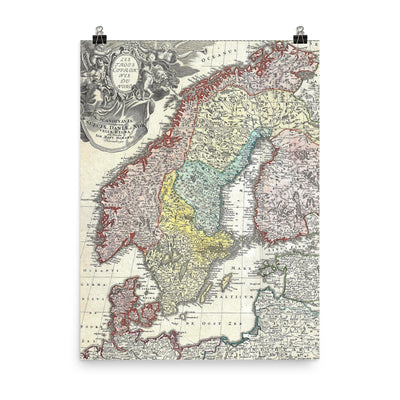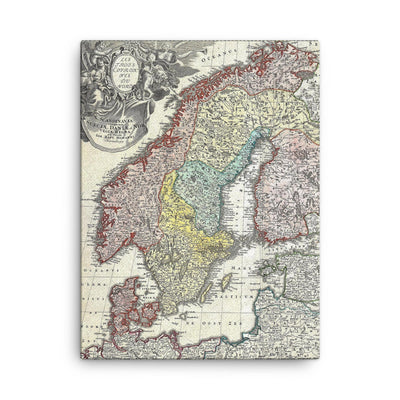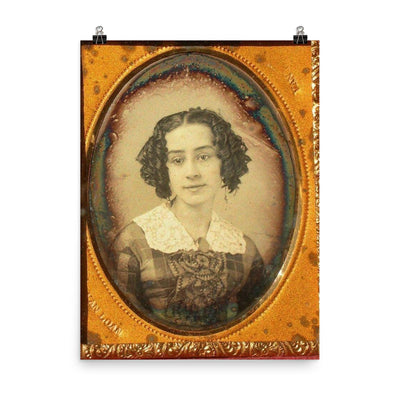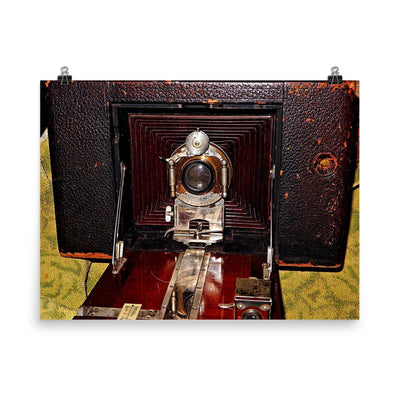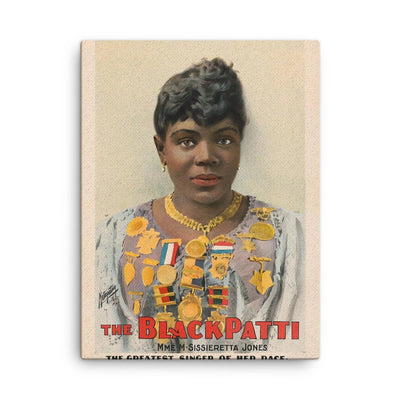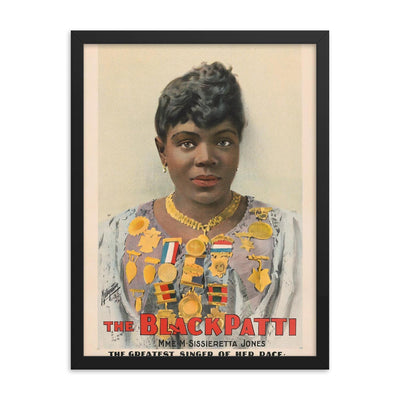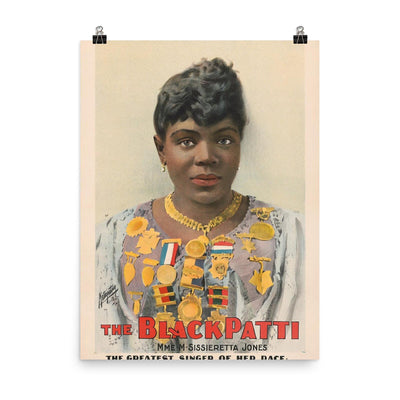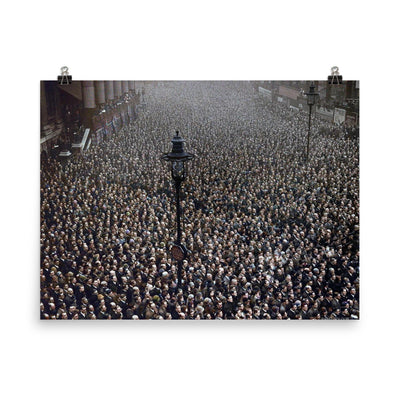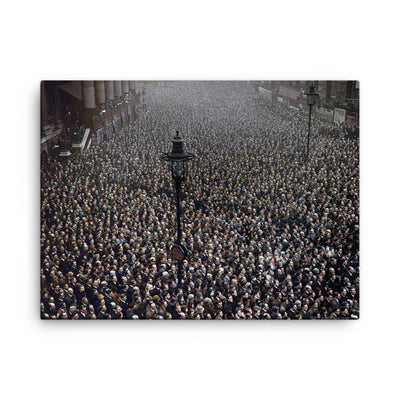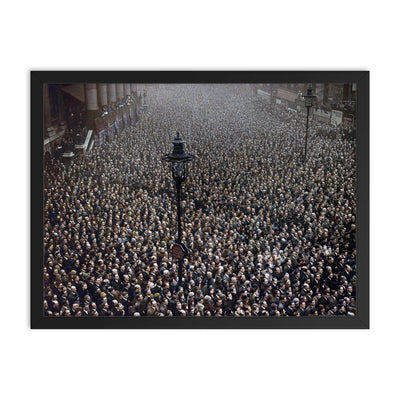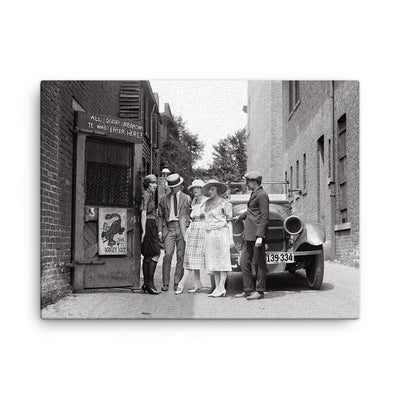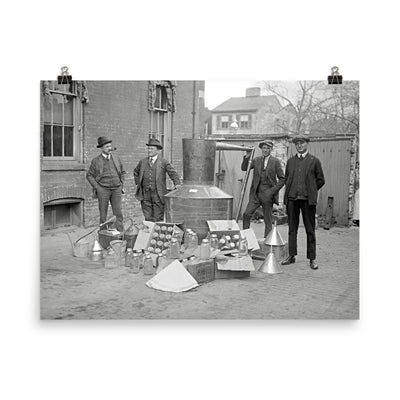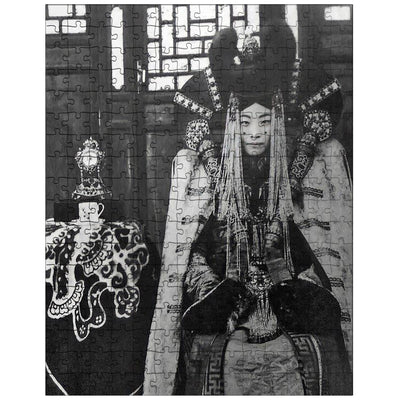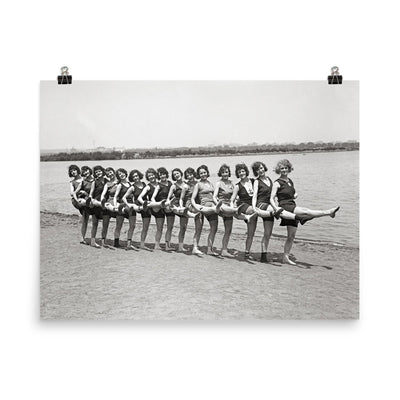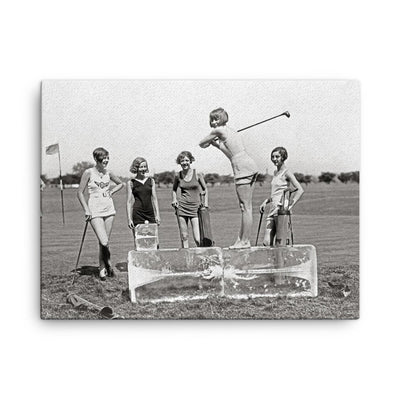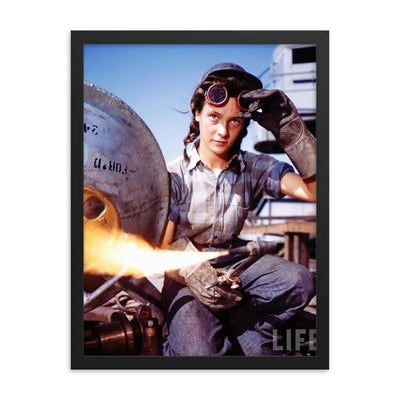10 Things You Probably Didn't Know About Sitting Bull

Sitting Bull was one of the most famous Native American chiefs.
He was a leader of the Hunkpapa Lakota people during the Great Sioux War of 1876.

He also helped his people win an important battle against General George Custer at the Battle of Little Bighorn.
Here are 10 things you might not know about Sitting Bull.

Sitting Bull and Family
1. He was born around 1831 in what is now South Dakota
2. His birth name was Tatanka Iyotake
3. Sitting Bull's great-grandson said that Sitting Bull was born along the Yellowstone River, south of present-day Miles City, Montana
4. Sitting Bull was an important Lakota leader. His name in the Lakota language means "Buffalo Who Sits Down". But Americans began to call him "Sitting Bull"

Custer's Last Stand
5. Sitting Bull and Crazy Horse were later involved in the 1876 victory over General George Custer at the Battle of Little Bighorn. This was one of the most famous battles in American history
6. After the Battle of Little Bighorn, Sitting Bull and his followers went to Canada to avoid getting in trouble with the U.S.
7. He and his small band returned to the United States in 1881 and surrendered to U.S. troops at Fort Buford in Montana Territory

Sitting Bull
8. He was a prisoner of war for almost two years before he was released to reservations in South Dakota
9. Sitting Bull was allowed to leave the reservation in 1885 and go on a Wild Westing tour with Buffalo Bill Cody. He earned about $50 a week (equal to $1,508 today) for riding once around the arena. He was a popular attraction
10. On December 15th, 1890, he was fatally shot by an Indian agent while being arrested for his involvement in the Ghost Dance movement—a religious movement that Native Americans believed would help them escape persecution and revive their way of life

Death of Sitting Bull

































